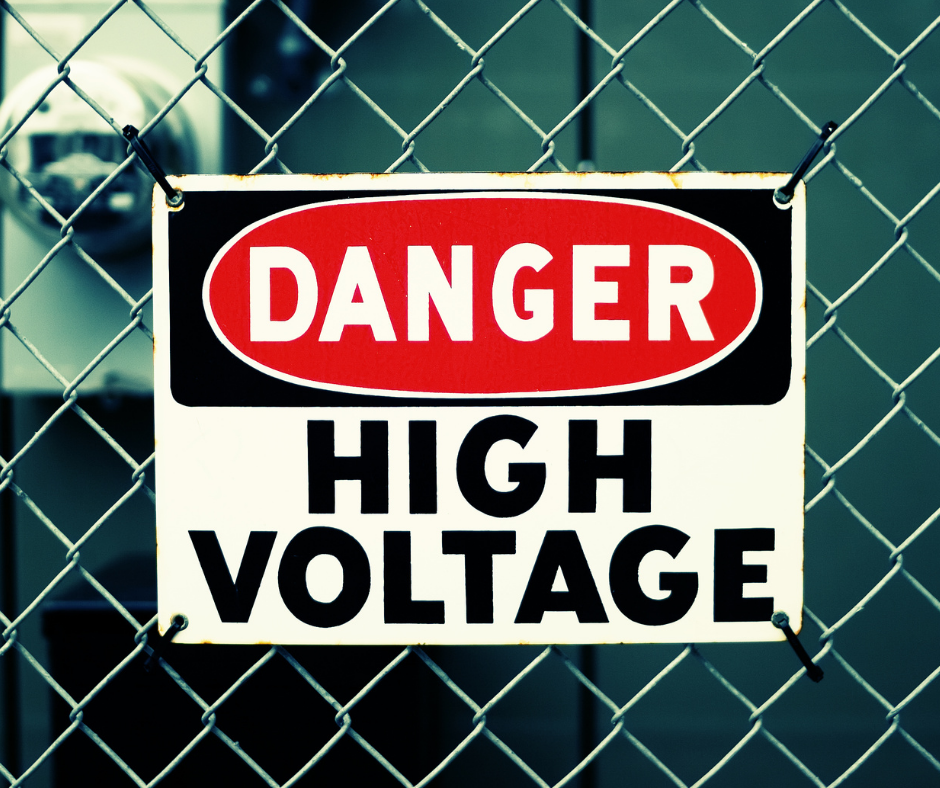Did You See What I Saw?
3 min reada
a
June 2022
By Kyle Weygandt, Director of Member Safety
 Sight is something that many people take for granted. Those who can see often go through their entire day – taking in an astounding amount of data through sight – without even giving the sense a second thought. However, if you take a step back and consider how sight works, you quickly realize how important and complicated it really is.
Sight is something that many people take for granted. Those who can see often go through their entire day – taking in an astounding amount of data through sight – without even giving the sense a second thought. However, if you take a step back and consider how sight works, you quickly realize how important and complicated it really is.
For instance, sight can be so complicated that if two people looked at the same painting, they would often see different things. The same could be said for everyday scenarios, such as safety issues at work.
While you may assume that you see every safety issue, or that those around you see them as well, this is often not the case. It is important to think about the things you see and consider what others around you may have seen differently.
As an exercise, please view the Test Your Awareness: Do The Test video on YouTube. Once you have watched the entire video, come back to this article.
Be honest with yourself, did you see it before it was pointed out to you? If you did, you are among the 20 percent of people who do. The vast majority of people do not because of a thing called situational awareness.
Situational awareness is something that we all have, which can be affected by stress levels, complexity of a situation, environment and other factors. Situational awareness begins with the sometimes-subconscious act of assessing a situation. It involves identifying the situation, determining where to find information in the situation, understanding what that information means and comprehending what consequences that information will have moving forward.
Situational awareness is a critical component in decision making, but it is often flawed or inadequate, which can be a major cause of safety accidents and mistakes.
Adding to that imperfection is that situational awareness is different from person to person. Much like the painting mentioned earlier, two people will often come to different conclusions when looking at the same thing. You may assume that your coworker sees a potential hazard, but if they don’t, failing to speak up can have tragic consequences. That is why it is so vital to share information when it comes to the issues you perceive.
From the moment the pre-shift tailgate meeting begins to the end of the workday, hazardous situations are present. These hazards can be missed by some and seen by others, no matter how much experience one has in the situation.
So, as you consider each situation and weigh each hazard throughout your day, remember that not everyone sees exactly what you do or has the same situational awareness. If you see a tripping hazard in your co-workers’ path and think “I’m sure they see it too,” perhaps you should think again and speak up.
Situational awareness is a tricky thing, but when perceptions are shared throughout the team, it becomes much more reliable. Make your team one where open dialogue is encouraged and motivate your teammates to employ and share their own unique situational awareness. Doing so can help to prevent injuries and worse.
If you have questions about situational awareness or ways to increase safety amongst your employees or team, please contact me at [email protected].


